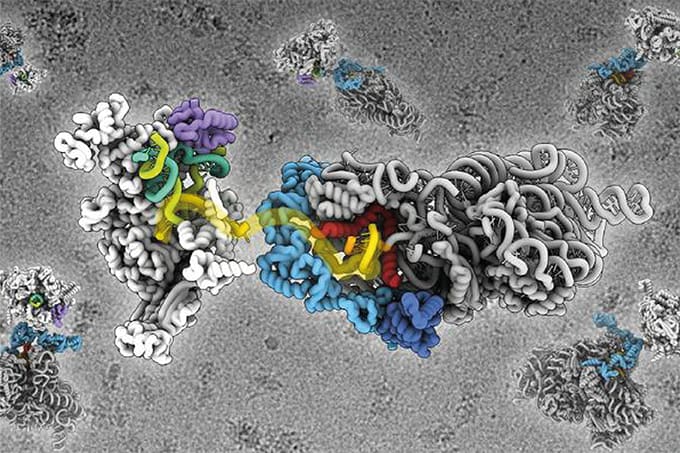The Challenge:
The Symposium must be focused on the real story: integration. The ultimate goal of microscale bioseparations is to unite sample preparation, separation and analysis, in order to transport analytical testing from highly complex environments to hand held devices in the form of point-of-care to consumer-use products. More than ever, we need to bring scientists together to debate the challenges, to discuss the solutions, and to explore new ideas if we wish to fully realize the power of separations at microscale.
The Problem:
The field – and meetings – tend to fragment into separate discussion of individual attributes such as small sample sizes, high speed analysis, or even the miniaturization of footprint.
The Response:
The planning committee of the MicroScale Bioseparations Symposium have developed a six-point plan to place the power of integration front and center at the upcoming event.
- Discussion of unpublished work We have created an environment that helps protect unpublished work through a series of confidentiality measures to be signed by conference attendees, an approach used successfully by the Gordon Conferences.
- Fostering diversity while maintaining high quality We reduced the number of invited speakers, building the majority of the meeting from submitted abstracts. These abstracts are comprehensive overviews of the scientific work, including data figures. They were scored by double-blind peer review and selected by the session chair, blind of title, name or affiliation. This whole process is done with transparency, to encourage maximum participation.
- Encouraging vigorous scientific debate and discussion Presentations are limited to 20 minutes of lecture, providing a full 10 minutes for discussion. The session chair, who built the program, fosters debate, engaging and challenging the audience to participate. This approach will be carried into the poster session that follows the presentations
- Selecting an inspiring location This symposium is being held within a historic academic venue, the University of Virginia. The environment integrates science and art, creating an atmosphere that is conducive to the task.
- Engaging industry partners A forum called Science Café is included in the program. This is a daily luncheon that provides the opportunity to hear about new applications, products and solutions by the organizations commercializing these products.
- Paying homage to our past The symposium includes presentation of the Arnold O. Beckman Medal for “Outstanding Achievements in the Field of Electrodriven Separation Science”.
We believe that this approach will maximize the impact of the symposium, helping to transform the way that we advance microscale separations.
The 29th International Symposium on MicroScale Bioseparations is being held at the University of Virginia, March 10 -14, 2013.
Join the discussion
Do you have comments on this strategy or suggestions on how to get the most from scientific events in your field?




